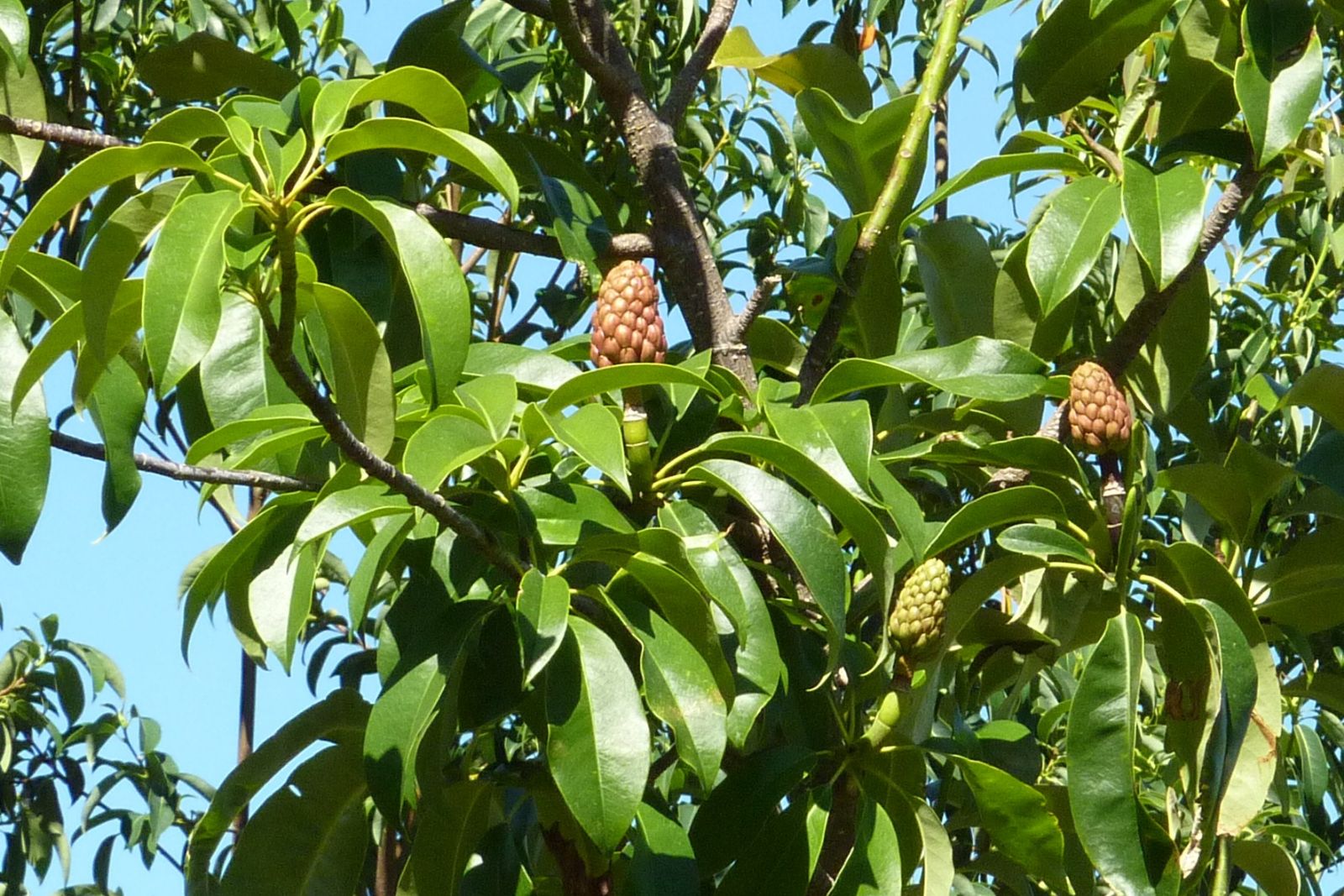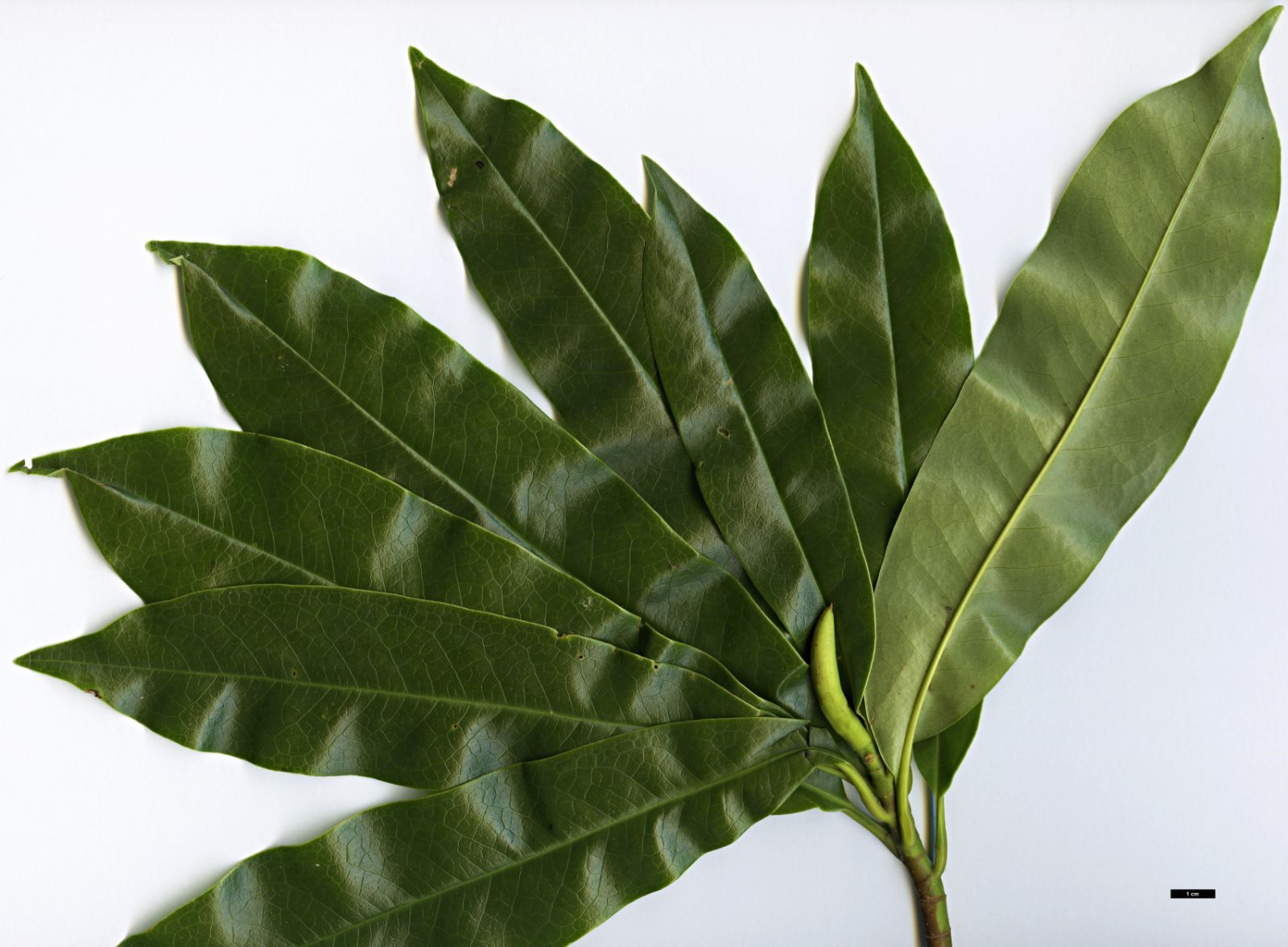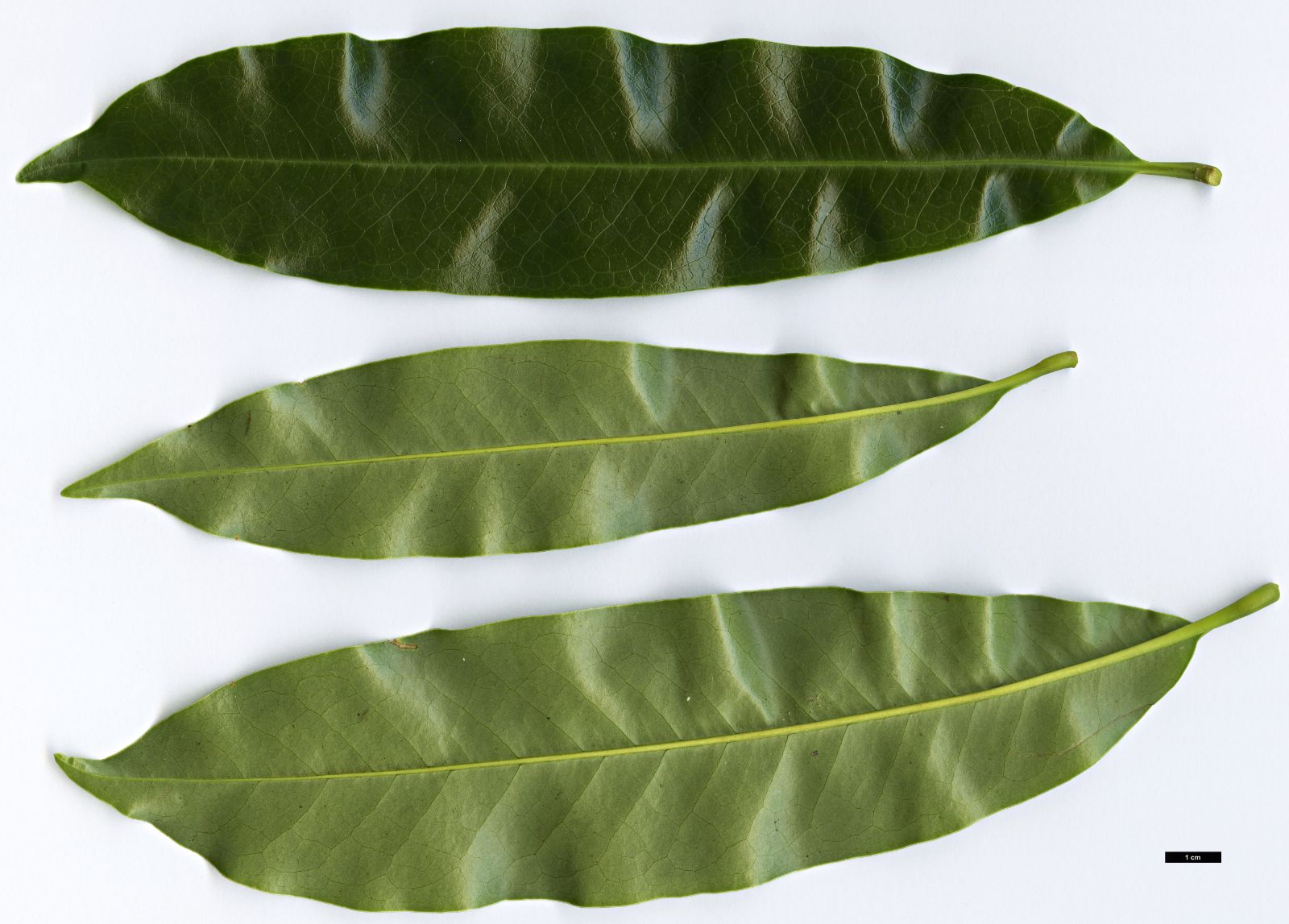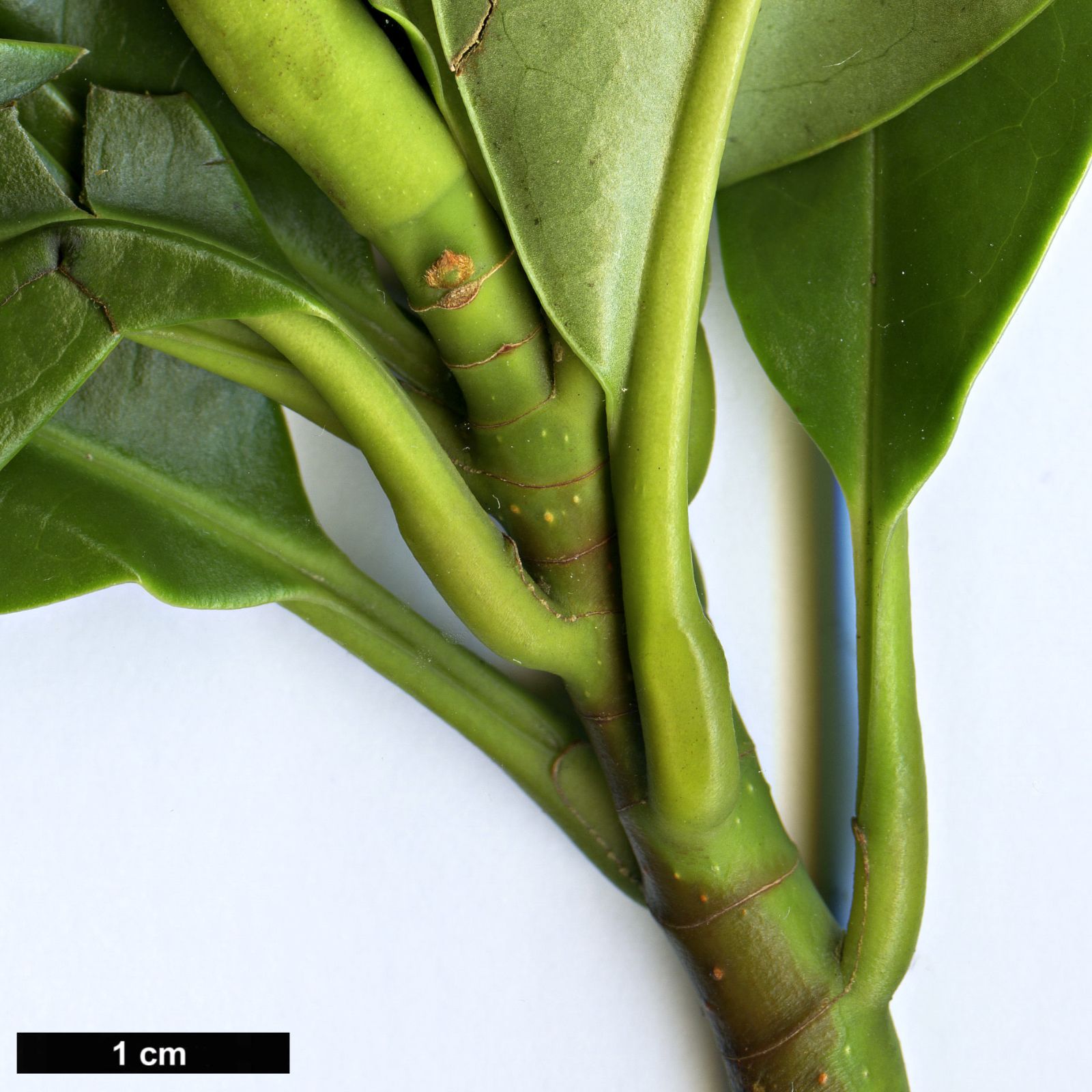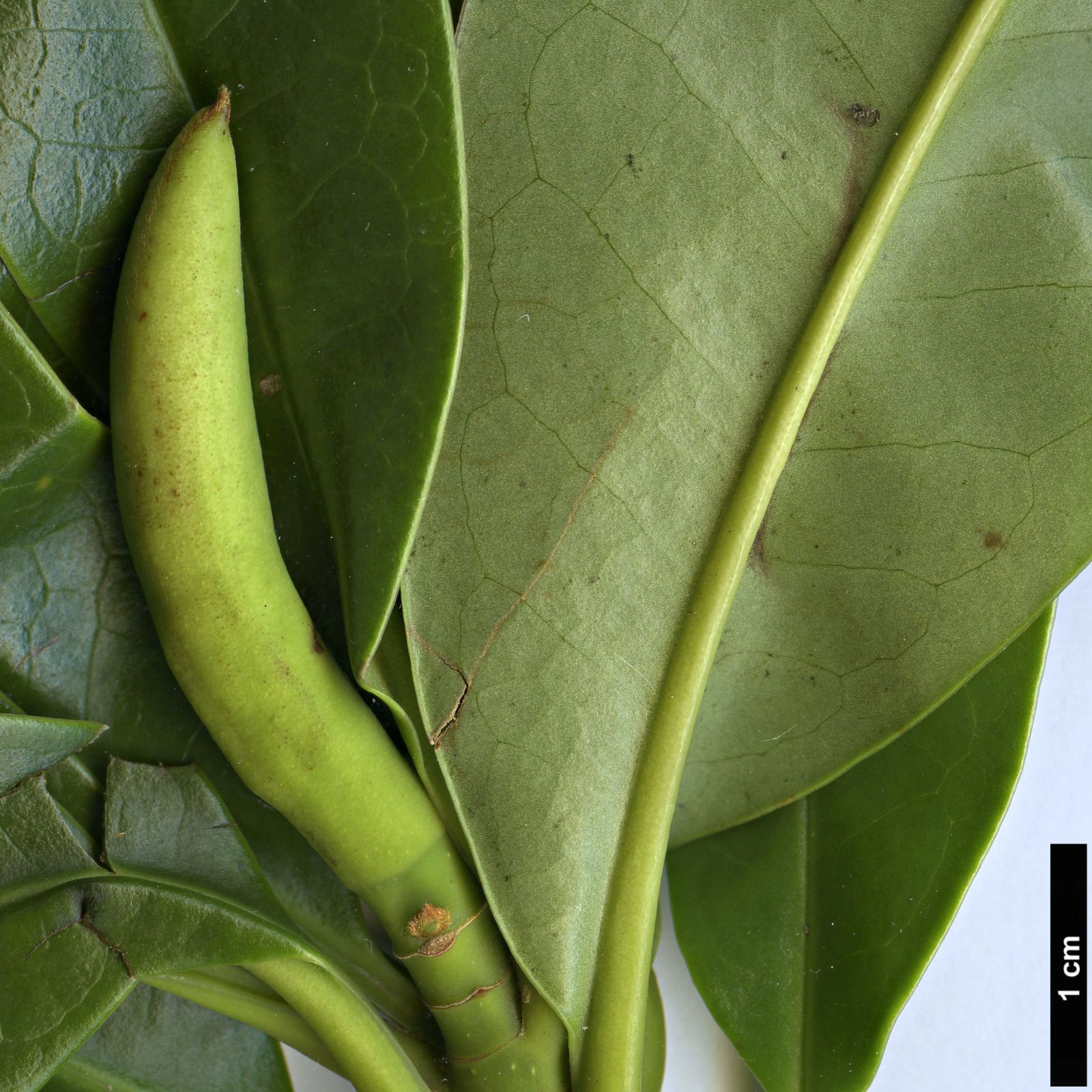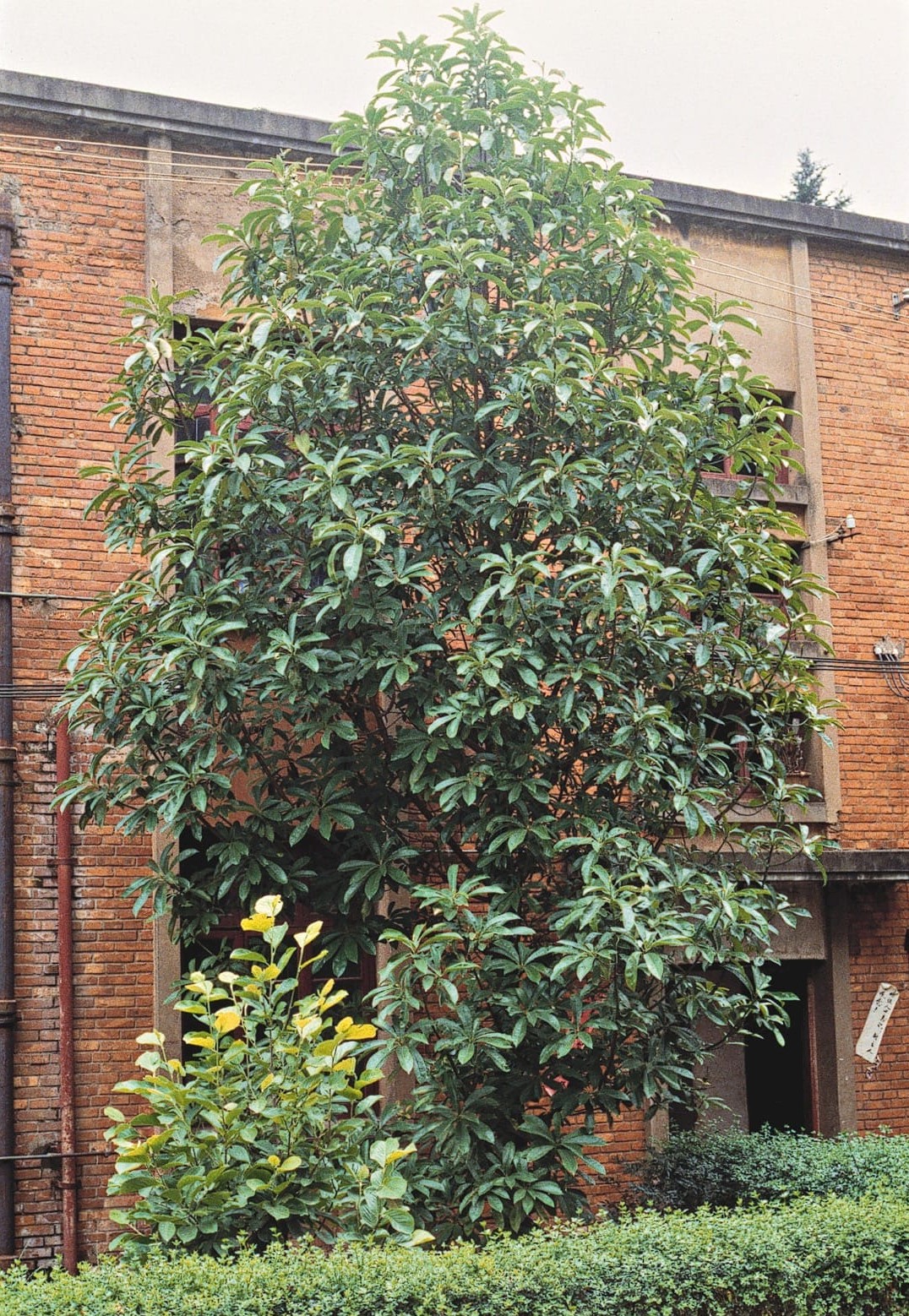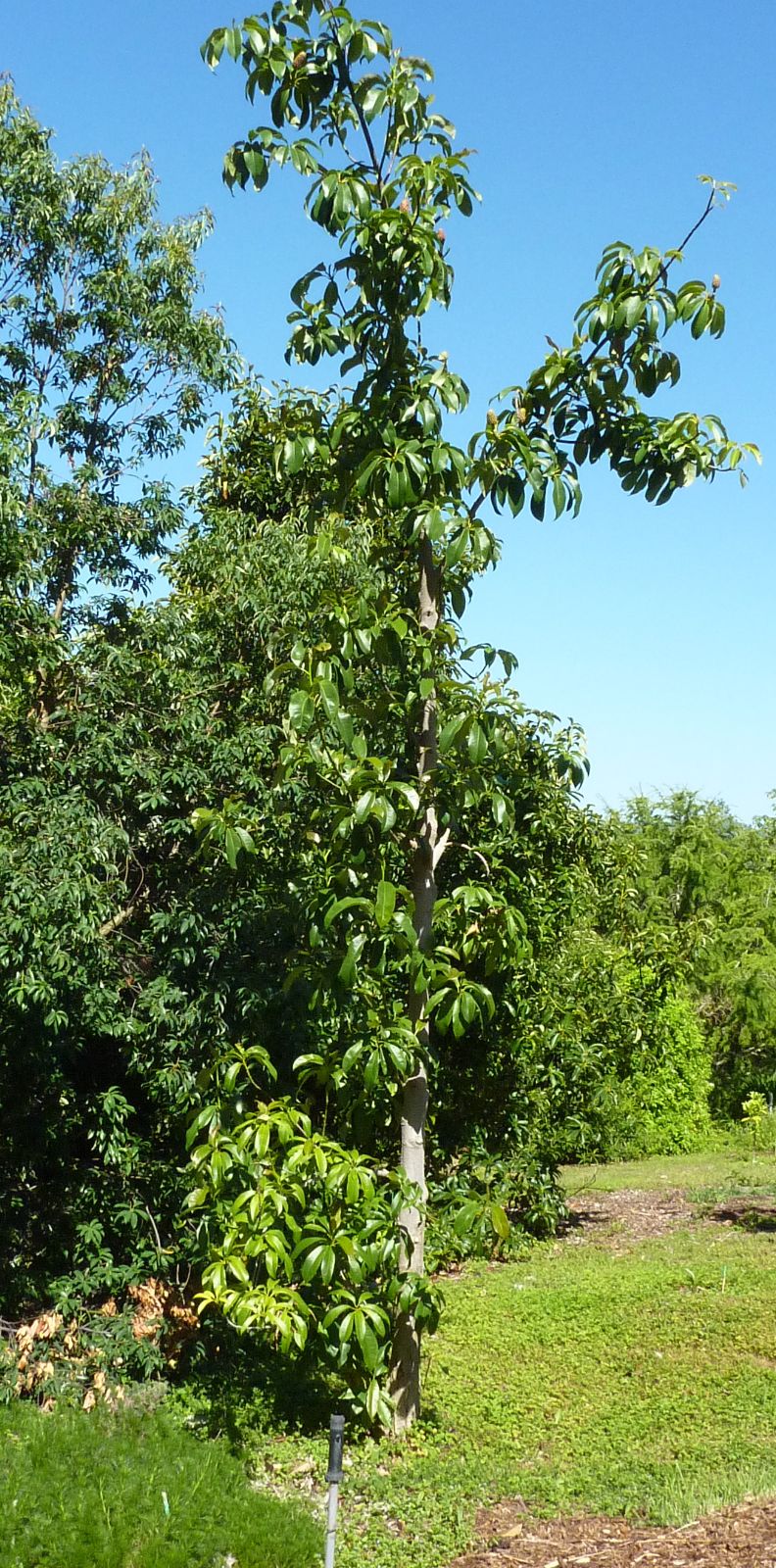Magnolia aromatica
Sponsor
Kindly sponsored by
The Roy Overland Charitable Trust

Credits
Julian Sutton (2022)
Recommended citation
Sutton, J. (2022), 'Magnolia aromatica' from the website Trees and Shrubs Online (treesandshrubsonline.
Genus
- Magnolia
- Section Manglietia
Common Names
- Xiang Magnolia
Synonyms
- Manglietia aromatica Dandy
- Paramanglietia aromatica (Dandy) Hu & W.C. Cheng
Other taxa in genus
- Magnolia acuminata
- Magnolia × alba
- Magnolia amabilis
- Magnolia amoena
- Magnolia biondii
- Magnolia × brooklynensis
- Magnolia campbellii
- Magnolia cathcartii
- Magnolia cavaleriei
- Magnolia caveana
- Magnolia champaca
- Magnolia changhungtana
- Magnolia chapensis
- Magnolia compressa
- Magnolia conifera
- Magnolia Cultivars A
- Magnolia Cultivars B
- Magnolia Cultivars C
- Magnolia Cultivars D
- Magnolia Cultivars E
- Magnolia Cultivars F
- Magnolia Cultivars G
- Magnolia Cultivars H–I
- Magnolia Cultivars J
- Magnolia Cultivars K
- Magnolia Cultivars L
- Magnolia Cultivars M
- Magnolia Cultivars N–O
- Magnolia Cultivars P
- Magnolia Cultivars Q–R
- Magnolia Cultivars S
- Magnolia Cultivars T
- Magnolia Cultivars U–V
- Magnolia Cultivars W–Z
- Magnolia cylindrica
- Magnolia dandyi
- Magnolia dawsoniana
- Magnolia de Vos and Kosar hybrids
- Magnolia decidua
- Magnolia delavayi
- Magnolia denudata
- Magnolia doltsopa
- Magnolia duclouxii
- Magnolia ernestii
- Magnolia figo
- Magnolia floribunda
- Magnolia × foggii
- Magnolia fordiana
- Magnolia foveolata
- Magnolia fraseri
- Magnolia fulva
- Magnolia globosa
- Magnolia × gotoburgensis
- Magnolia grandiflora
- Magnolia grandis
- Magnolia Gresham hybrids
- Magnolia guangdongensis
- Magnolia hookeri
- Magnolia insignis
- Magnolia Jury hybrids
- Magnolia × kewensis
- Magnolia kobus
- Magnolia kwangtungensis
- Magnolia laevifolia
- Magnolia lanuginosa
- Magnolia leveilleana
- Magnolia liliiflora
- Magnolia × loebneri
- Magnolia lotungensis
- Magnolia macclurei
- Magnolia macrophylla
- Magnolia martini
- Magnolia maudiae
- Magnolia nitida
- Magnolia obovata
- Magnolia officinalis
- Magnolia opipara
- Magnolia × proctoriana
- Magnolia × pruhoniciana
- Magnolia rostrata
- Magnolia salicifolia
- Magnolia sapaensis
- Magnolia sargentiana
- Magnolia sieboldii
- Magnolia sinensis
- Magnolia sinica
- Magnolia sinostellata
- Magnolia × soulangeana
- Magnolia sprengeri
- Magnolia stellata
- Magnolia tamaulipana
- Magnolia × thomsoniana
- Magnolia tripetala
- Magnolia × veitchii
- Magnolia virginiana
- Magnolia × wieseneri
- Magnolia wilsonii
- Magnolia xinganensis
- Magnolia yunnanensis
- Magnolia yuyuanensis
- Magnolia zenii
Tree to 35 m, 1.2 m dbh, the whole plant glabrous apart from vegetative buds having white appressed hairs. Bark smooth, grey. Branchlets pale green. Leaves evergreen, fragrant when crushed, thin and leathery, 15–19 × 6–7 cm, narrowly obovate with prominent reticulate venation on both surfaces, margins entire, base slightly decurrent, apex acuminate; petiole 1.5–2.5 cm, stipular scar ¼–⅓ length of petiole. Flowers terminal, white, fragrant; tepals 12, obovate, 7–11.5 × 3.5–5 cm; gynoecium sessile with 29–39 carpels. Peduncle robust, 10–15 × 6–8 mm in fruit. Fruits 7–8 cm diameter, subglobose to ovoid, held erect; ripe carpels red, shiny, later thick and woody, 1–2.5 cm long, dehiscing along both dorsal and ventral sutures. Flowering May to June, fruiting September to October (China). Diploid 2n=38. (Xia, Liu & Nooteboom 2008; Chen & Nooteboom 1993; Liu et al. 2004).
Distribution China Guangxi, Guizhou, SE Yunnan Vietnam (uncertain)
Habitat Mixed forest on limestone hills, 1300–1900 m.
USDA Hardiness Zone 9-10
RHS Hardiness Rating H3
Conservation status Endangered (EN)
This large tree of Section Manglietia is only doubtfully cultivated in our area, and given its southerly distribution is likely to prove quite tender. As a wild plant it is considered endangered due to overexploitation of its aromatic, rot-resistant timber, as well as habitat loss (IUCN 2021).
Seed labelled Magnolia aromatica was sent to Cistus Nursery, OR from the Kunming Botanical Institute during the 1990s and young plants have been distributed from the nursery under this name. Some at least have proved not to be the true species but possibly hybrids, or even another taxon altogether (S. Hogan, pers. comm. 2007). One such was planted in the David C. Lam Asian Garden in Vancouver and has done extremely well, reaching 5.5 m and tolerating frosts to –9 °C, but on flowering the hairs on the bud scales were found to be reddish instead of the expected white, and the tree has since been assigned to a taxon near M. conifera (Wharton 2007). Individuals from this source should therefore be observed carefully as they come into flower. There are specimens at Quarryhill, CA forming sparse, upright young trees but these had not flowered by 2010. Their leaves are bronzed when young and very aromatic when crushed, with a hint of mango. Authorities have differed as to the hairiness of M. aromatica: Chen & Nooteboom (1993) allow it to have hairy branchlets, but according to more recent treatments (Liu et al. 2004; Xia, Liu & Nooteboom 2008) it is glabrous except for white-hairy buds. The Quarryhill trees have fulvous pubescence on the twigs. It is therefore doubtful whether true M. aromatica is in cultivation: flowering will help decide the matter.

